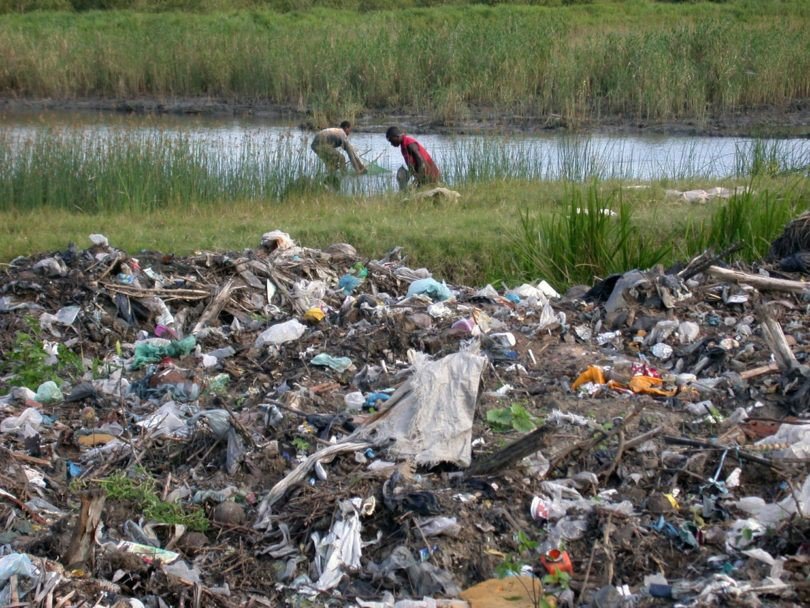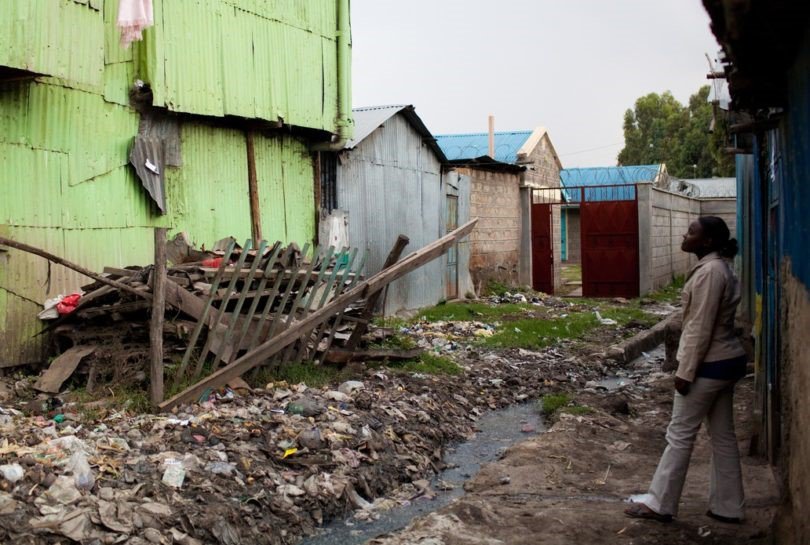For most communities in high-resource countries, typhoid fever is a distant memory. While it used to rampage major cities in the United States and Europe, typhoid fever was largely stamped out in the 1940s with the advent of antibiotics and improved sanitation. And for international travelers, two typhoid vaccines available at the local clinic eliminate most concerns about contracting the disease abroad.
However, for millions of people living in low- and middle-income countries, typhoid is a very present danger. Typhoid is a serious and life-threatening enteric fever, spread through contaminated food and water. It disproportionately impacts children and marginalized populations in Southeast Asia, sub-Saharan Africa, Latin America, and the Middle East, resulting in nearly 12 million cases globally per year.

Typhoid is a life-threatening enteric fever that is spread through contaminated food and water. Photo: PATH/Jessica Fleming
A growing burden: Drug-resistant typhoid
Although typically treated with antibiotics, increasing multidrug-resistant typhoid strains have been reported globally. An outbreak that began in late 2016 in Hyderabad, Pakistan, has been classified as extensively drug-resistant—a new step in typhoid’s evolution. As these resistant strains grow more common, the new antibiotic treatment courses have become lengthy and more expensive. This difficult treatment takes its toll on the patient, the family, and the health system. Increased costs of illness have long-lasting repercussions for economic productivity within families, communities, and countries. In many areas, these new antibiotics may not be available.
“An outbreak that began in late 2016 in Hyderabad, Pakistan, has been classified as extensively drug-resistant—a new step in typhoid’s evolution.”
While the advent of new antibiotics and improvements in water and sanitation will help address the burden of drug-resistant typhoid in the long run, these innovations may take decades to reach at-risk communities. The best way to fight multidrug-resistant typhoid and prevent typhoid deaths right now is through preventive measures such as vaccines and improved hygiene practices.
Denser cities mean bigger risks
It is commonly believed that typhoid only impacts rural communities that lack access to improved water sources and sanitation facilities. In reality, as more people migrate to urban areas, the close living quarters and potential for contaminated food and water increases the ease and speed of typhoid transmission. For example, in an outbreak in Zimbabwe, the capital city of Harare contributed 76 percent of overall reported typhoid cases in the country. Contaminated water sources and inadequate sewage systems exacerbate transmission.
An expected two-thirds of the world’s population will live in urban areas by 2050. As cities continue to grow, it will become increasingly vital to strengthen typhoid prevention and control measures in the world’s cities.

The best way to fight multidrug-resistant typhoid right now is through preventive measures such as vaccines and hygiene. Photo: PATH/Rocky Prajapati
Weathering the storm of climate change
Flooding and drought, two extreme weather conditions increasing due to climate change, intensify the risks for typhoid transmission. During dry spells, people seek water from shallow sources that are more likely to be contaminated with microbes such as typhoid. During flooding periods, water sources are more likely to be tainted with fecal matter leaking from poor sewage systems and unimproved sanitation facilities. Additionally, emergency situations—including floods and droughts—put communities at high risk for typhoid transmission due to close living quarters in emergency and refugee shelters. The increasing frequency of such events drives the need for a collective focus on preventive measures for typhoid.

During dry spells, water from shallow sources are more likely to be contaminated with microbes such as typhoid. Photo: PATH/Eric Becker
The bottom line
The solution to the typhoid burden is an integrated one. Improvements in water, sanitation, and hygiene are imperative. So are improved diagnostics to ensure people are diagnosed promptly and treated appropriately. And typhoid vaccines will have a crucial role in stopping transmission cycles and ensuring people—namely children—are not sickened by typhoid. While earlier typhoid vaccines had several challenges that impeded uptake, new typhoid conjugate vaccines have the potential to overcome these challenges. They have longer-lasting protection, require fewer doses, and are suitable for children under two years of age, allowing them to be used in routine immunization programs.
“The solution to the typhoid burden is an integrated one.”
In order to galvanize new vaccine introductions to reduce the burden inflicted by typhoid, PATH is part of the Typhoid Vaccine Acceleration Consortium (TyVAC), working alongside the University of Maryland School of Medicine's Center for Vaccine Development and Global Health and the Oxford Vaccine Group at the University of Oxford to coordinate a range of projects to study and control typhoid, ensure the latest evidence informs global policies, and support countries that introduce typhoid conjugate vaccines. As part of this work, TyVAC leads an advocacy partnership with the Coalition against Typhoid called Take on Typhoid.
While the TyVAC project is new, the battle against typhoid is not. Through an integrated approach—including water, sanitation, hygiene, and immunization—we are working to overcome increasing antimicrobial resistance, urbanization, and effects from climate change to ensure more people are protected against the scourge of typhoid each year.



